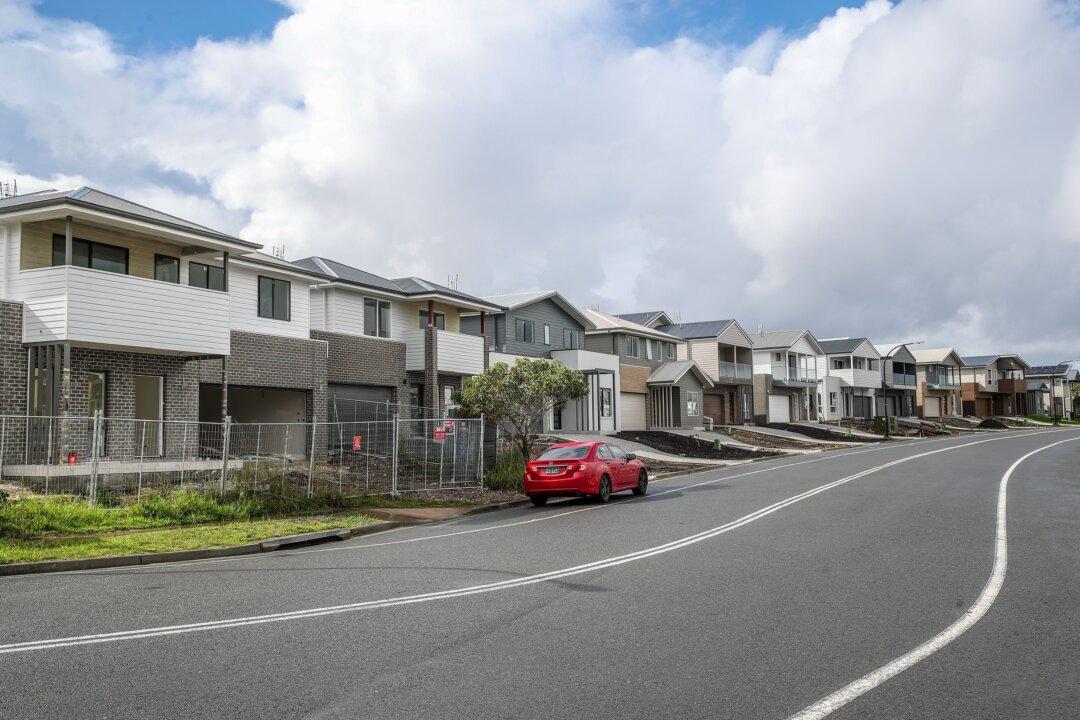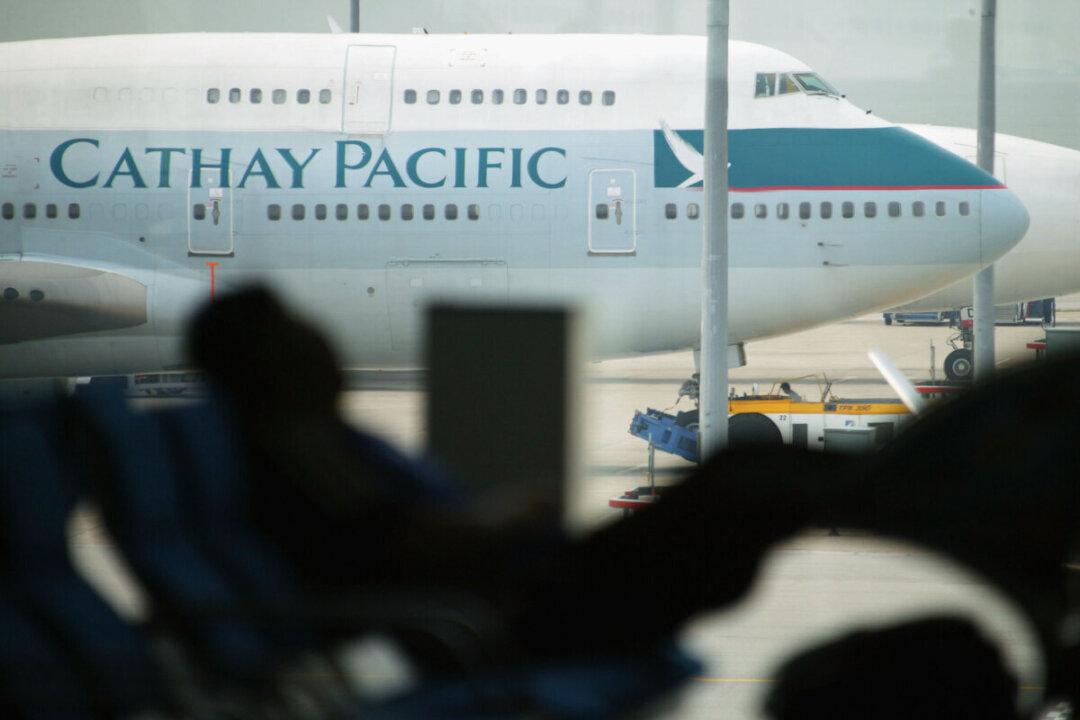More people in Australia worked multiple jobs during the June quarter reflecting efforts to beat the rising cost of living.
Australian Bureau of Statistics (ABS) data showed that the number of people having multiple jobs rose 6.7 percent year over year to a new high of 959,000 in the three months to June 2023, even higher than pre-pandemic levels.




